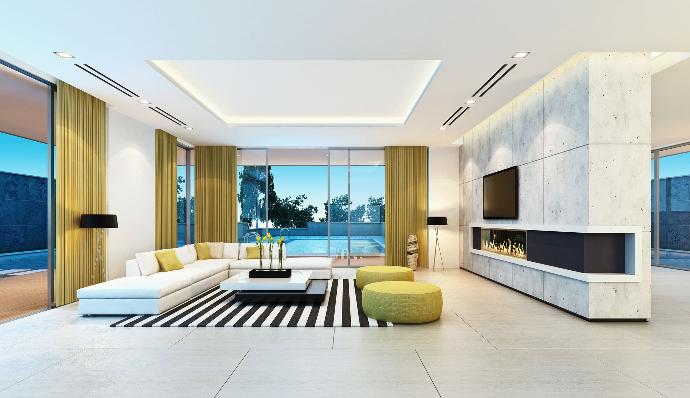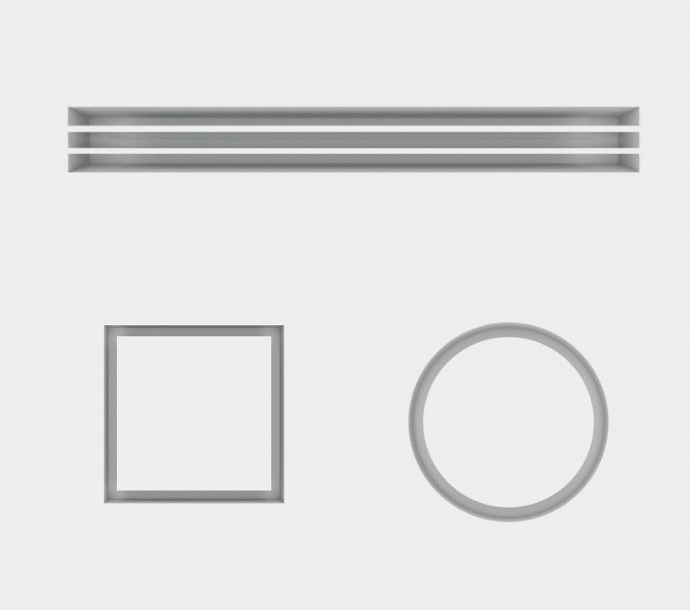Ceiling diffusers
A ceiling diffuser is an important part of any ventilation system. They help to distribute air evenly throughout a room, which can improve comfort and air quality. There are a number of different types of ceiling diffusers available, each with its own advantages and disadvantages.


Design considerations
When choosing a ceiling air diffuser, there are a number of factors to consider, including the size and shape of the room, the type of ventilation system, and the desired airflow pattern.
- Size and shape of the room: The size and shape of the room will determine the size of the ceiling diffuser needed. A larger room will require a larger diffuser, and often we will recommend a slot or linear diffuser to ensure that the air is distributed evenly.
- Type of ventilation system: The type of ventilation system will also affect the choice of ceiling diffuser. For example, a ducted ventilation system will require a different type of diffuser than a non-ducted system.
- Desired airflow pattern: The desired airflow pattern will also affect the choice of ceiling diffuser. For example, a diffuser that produces a swirling airflow pattern will be more effective at mixing the air in a room than a diffuser that produces a straight airflow pattern.
Ducted or non ducted units?
There are two main types of ceiling vent diffusers: ducted units and non-ducted units. Ducted units are connected to a ventilation duct, which allows the air to be distributed throughout the room. Non-ducted units do not have a ventilation duct, and the air is distributed directly from the diffuser.
Ducted units are generally considered to be better than non-ducted units because they can provide more even airflow and better control over the airflow pattern. However, ducted units are also more expensive and more complex to install.
Here are some of the benefits of ducted ceiling diffusers:
- They can provide more even airflow throughout a room.
- They can provide better control over the airflow pattern.
- They can be used in a variety of applications, including residential, commercial, and industrial.
- They are more durable than non-ducted diffusers.
Here are some of the drawbacks of ducted ceiling diffusers:
- They are more expensive than non-ducted diffusers.
- They may be more complex to install.
If you are looking for a ceiling diffuser that can provide even airflow, good control over the airflow pattern, and durability, then a ducted unit is usually the best option for you.
